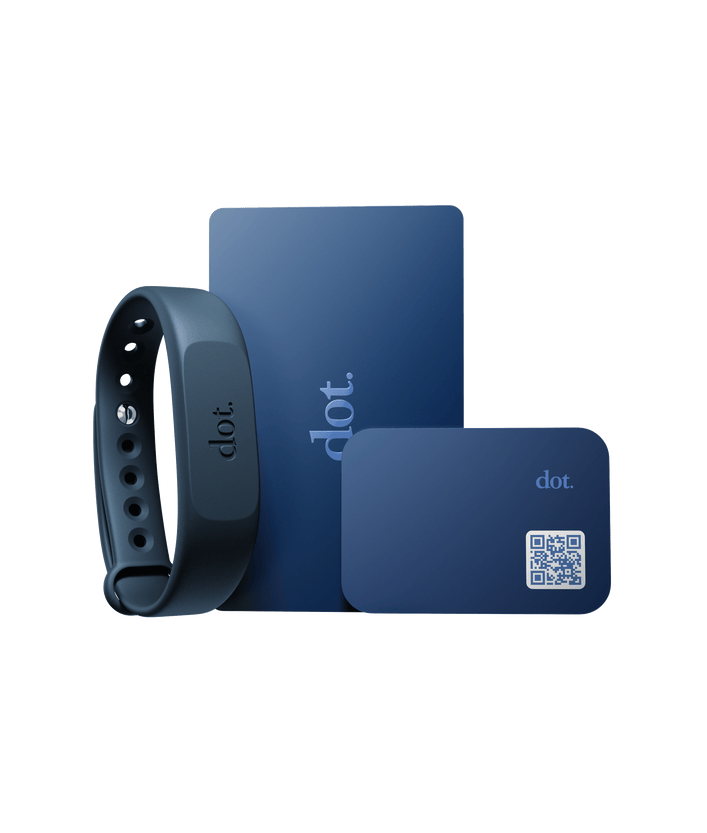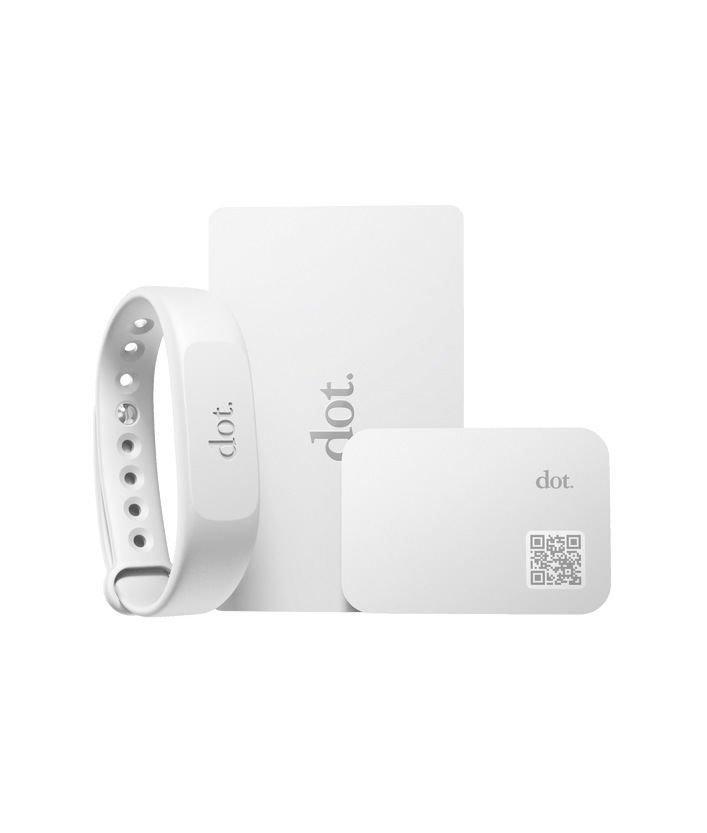In today's extremely fast-paced business landscape, entrepreneurs and startups face the challenge of turning their ideas into successful ventures. But what if I told you there was a way to optimize the entire process and set yourself up for success? Welcome to the Lean Startup methodology. The Lean Startup methodology provides a powerful framework for validating ideas and optimizing efficiency through iterative processes. In this article today, we will explore the key principles of Lean Startup and how it empowers entrepreneurs to navigate uncertainty, minimize risks, and drive continuous improvement.
Let’s get started.
Understanding Lean Startup Methodology
Lean Startup is an approach to building and growing businesses based on the principles of agile development, lean manufacturing, and customer development. It emphasizes experimentation, learning, and iterative product development. Let's delve into the core principles that form the foundation of Lean Startup:
- Build-Measure-Learn Feedback Loop: The heart of Lean Startup is the iterative feedback loop. It involves building a Minimum Viable Product (MVP), measuring its performance through data collection and analysis, and learning from the insights to inform subsequent iterations.
- Validated Learning: The focus is on obtaining validated learning rather than making assumptions or relying solely on intuition. The goal is to test hypotheses, gather real-world data, and use it to make informed decisions.
- Minimum Viable Product (MVP): An MVP is the most basic version of a product that allows entrepreneurs to collect valuable feedback from early adopters. It contains only the core features necessary to solve the problem and validate the viability of the idea.
- Pivot and Persevere: The Lean Startup methodology encourages entrepreneurs to be adaptable and open to change. If the initial approach isn't yielding the desired results, a pivot may be necessary to explore different strategies and iterate on the product. However, perseverance is also important to give the idea enough time and effort to succeed.
Problem-Solution Fit: Validating Ideas
To validate ideas effectively, entrepreneurs need to focus on achieving problem-solution fit. This involves understanding the problem deeply and crafting a solution that addresses it. Here's a systematic approach to validate ideas using Lean Startup:
A. Identifying the Problem
- Customer Development: Engage with potential customers to gain insights into their pain points, needs, and desires. Conduct interviews, surveys, and observations to understand their perspectives.
- Market Research and Analysis: Evaluate the market landscape, identify existing solutions, and assess the competition. Determine if there is a genuine problem worth solving and if your solution offers unique value.
B. Crafting the Solution
- Ideation and Hypothesis Formation: Brainstorm and generate ideas that align with the identified problem. Formulate hypotheses about how your solution can address the problem effectively.
- Value Proposition Design: Develop a clear and compelling value proposition that communicates the unique benefits of your solution. Ensure that it resonates with the target audience and differentiates your offering.
Building and Testing Minimum Viable Products (MVPs)
Building an MVP allows entrepreneurs to gather real-world feedback and validate their assumptions. Here's how to approach MVP development and testing:
A. Defining MVPs
- Core Functionality and Features: Identify the essential features that solve the problem and offer value to the target audience. Strip away non-essential elements to keep the MVP focused and streamlined.
- Prototyping and Minimalism: Create a basic prototype that demonstrates the core functionality of the product. Embrace minimalism to reduce development time and costs while maximizing the learning potential.
B. Rapid Iterative Testing
- A/B Testing: Implement A/B testing to compare different versions of your MVP and measure user preferences, engagement, and conversion rates. This data-driven approach helps refine the product based on user feedback.
- User Feedback and Analytics: Collect qualitative and quantitative feedback from early adopters through user interviews, surveys, and analytics tools. Analyze the data to identify patterns, understand user behavior, and make informed decisions for iterative improvements.
Embracing the Build-Measure-Learn Feedback Loop
The Build-Measure-Learn feedback loop lies at the core of Lean Startup methodology. Here's how to effectively embrace this iterative process:
A. Collecting Actionable Data
- Metrics that Matter: Define key metrics aligned with your business goals and the stage of your startup. Focus on actionable metrics that provide insights into user behavior, product performance, and customer satisfaction.
- Continuous Monitoring and Analytics: Implement robust analytics tools to track and measure relevant metrics. Regularly monitor the data to identify trends, spot areas of improvement, and make data-driven decisions.
B. Analyzing Results and Learning
- Identifying Patterns and Insights: Analyze the collected data to identify patterns, correlations, and trends. Look for insights that reveal user preferences, pain points, and areas where the product can be enhanced.
- Decision-making and Iteration: Based on the insights gained, make informed decisions about necessary iterations or pivots. Continuously iterate and improve the product based on user feedback and data analysis.
Navigating Pivots and Perseverance
In the journey of building a startup, entrepreneurs often face the need to pivot or persevere. Here's how to navigate this process effectively:
A. Recognizing Signs for Pivoting
- Market Shifts and Customer Feedback: Stay attuned to changes in the market landscape, customer needs, and feedback. If the initial assumptions are proven incorrect or market dynamics shift significantly, it may be time to consider a pivot.
- Competitive Landscape Analysis: Assess the competition and evaluate if your solution is effectively addressing the market gap. If competitors are gaining traction or offering a superior solution, it may indicate the need for strategic adjustments.
B. Adapting and Iterating
- Pivoting Strategies: Explore different pivoting strategies, such as changing the target market, altering the value proposition, or repositioning the product. Validate the new direction through customer feedback and data analysis.
- Learning from Failure and Success: Embrace failure as a learning opportunity and celebrate success when it occurs. Incorporate lessons learned from both failure and success into future iterations, ensuring continuous improvement.
The Lean Startup methodology empowers entrepreneurs to validate ideas, iterate efficiently, and optimize their chances of success. By focusing on achieving problem-solution fit, building and testing MVPs, embracing the Build-Measure-Learn feedback loop, and navigating pivots with perseverance, startups can navigate uncertainty and drive continuous improvement.
Remember, the key to implementing Lean Startup effectively is to embrace a culture of experimentation, data-driven decision-making, and adaptability. By adopting these principles, entrepreneurs can unlock the efficiency necessary to transform their ideas into thriving businesses. So, whether you're a budding entrepreneur or an experienced business owner, embracing Lean Startup methodology can be the game-changer that propels your venture to new heights of success.
Now get out there and get to it!










































